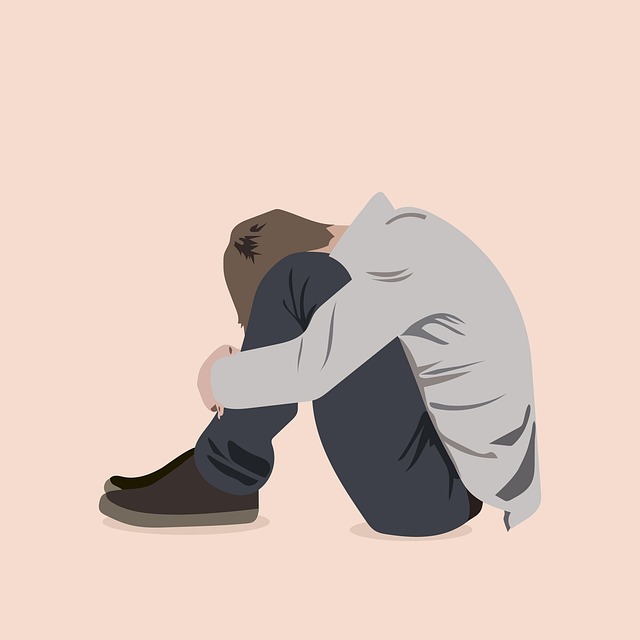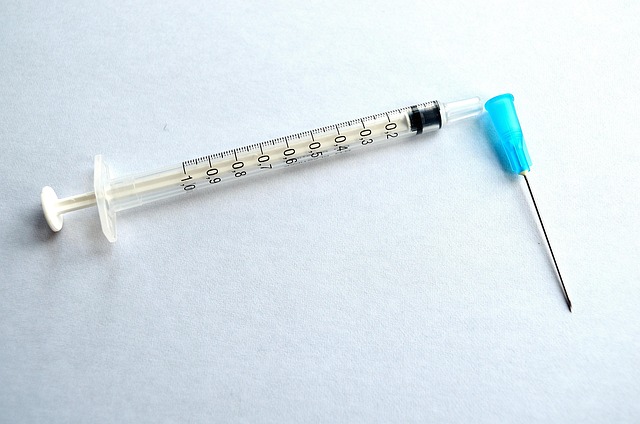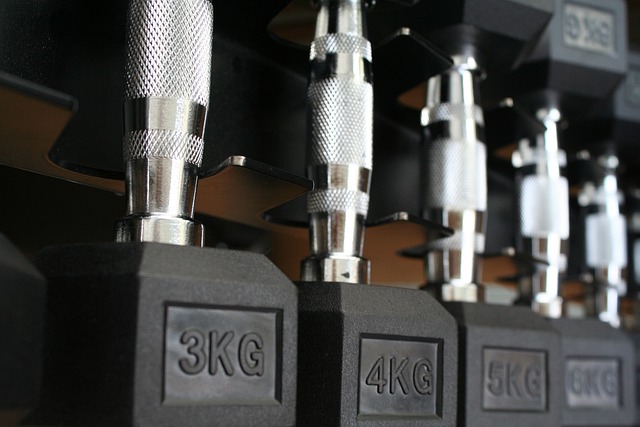Hypertension, commonly known as high blood pressure, is often referred to as the “silent killer” because it typically presents no noticeable symptoms but can lead to severe health complications if left untreated. According to global health statistics, nearly half of all adults over the age of 25 have elevated blood pressure, making it one of the most widespread chronic conditions worldwide. While hypertension affects both men and women, its causes, risk factors, and impacts differ between genders. Understanding these differences is crucial for effective prevention, diagnosis, and management.
This article explores the unique risks of hypertension in men and women, examines contributing factors, and provides actionable strategies to address this pervasive health issue.
Understanding Hypertension: A Common Yet Complex Condition
Hypertension occurs when the force of blood against artery walls is consistently too high, causing strain on the cardiovascular system. Over time, this increased pressure can damage arteries, leading to heart disease, stroke, kidney failure, vision loss, and other serious complications. Blood pressure readings are categorized as follows:
- Normal: Below 120/80 mmHg
- Elevated: Systolic between 120–129 mmHg and diastolic below 80 mmHg
- Stage 1 Hypertension: Systolic 130–139 mmHg or diastolic 80–89 mmHg
- Stage 2 Hypertension: Systolic 140 mmHg or higher or diastolic 90 mmHg or higher
While anyone can develop hypertension, gender plays a significant role in how the condition manifests and progresses.
Gender Differences in Hypertension Risk
Men: Earlier Onset and Higher Prevalence
Research shows that men are more likely than women to develop hypertension at a younger age, particularly during their 30s and 40s. Several factors contribute to this disparity:
- Hormonal Differences: Testosterone levels in men may influence vascular tone and blood pressure regulation, potentially increasing susceptibility to hypertension.
- Lifestyle Choices: Men are statistically more likely to engage in behaviors that elevate blood pressure, such as excessive alcohol consumption, smoking, and poor dietary habits.
- Workplace Stress: High-stress jobs and long working hours—common among men in many cultures—can exacerbate hypertension risk.
Despite these vulnerabilities, men are less likely to seek medical care regularly, which delays diagnosis and treatment.
Women: Hormonal Shifts and Age-Related Risks
For women, the risk of hypertension tends to increase with age, particularly after menopause. Key considerations include:
- Hormonal Changes: Estrogen has protective effects on the cardiovascular system, helping maintain healthy blood pressure levels. However, as estrogen declines during menopause, women’s risk of hypertension rises sharply.
- Pregnancy-Related Hypertension: Conditions like gestational hypertension and preeclampsia affect some pregnant women and can increase the likelihood of developing chronic hypertension later in life.
- Oral Contraceptives: Certain hormonal contraceptives may slightly elevate blood pressure, especially in women with pre-existing risk factors.
Additionally, societal expectations around caregiving roles can lead to stress, sleep deprivation, and neglect of personal health, further compounding hypertension risks for women.
Shared Risk Factors Across Genders
While there are distinct differences in how hypertension affects men and women, several risk factors apply universally:
- Obesity: Excess weight puts extra strain on the heart and circulatory system, raising blood pressure.
- Sedentary Lifestyle: Lack of physical activity contributes to weight gain and poor cardiovascular health.
- Diet: High sodium intake, low potassium levels, and diets rich in processed foods are major contributors to hypertension.
- Family History: Genetics play a significant role in determining an individual’s predisposition to high blood pressure.
- Chronic Stress: Persistent stress triggers hormonal responses that elevate blood pressure over time.
Addressing these shared risk factors is critical for reducing hypertension prevalence across populations.
Strategies to Mitigate Hypertension Risks
Preventing and managing hypertension requires a multifaceted approach tailored to individual needs. Below are evidence-based strategies applicable to both men and women:
1. Adopt a Heart-Healthy Diet
The DASH (Dietary Approaches to Stop Hypertension) diet is widely recommended for lowering blood pressure. It emphasizes:
- Consuming plenty of fruits, vegetables, whole grains, and lean proteins.
- Limiting sodium intake to less than 2,300 mg per day (ideally closer to 1,500 mg).
- Reducing saturated fats and added sugars.
- Incorporating foods rich in potassium, magnesium, and calcium, which support healthy blood pressure.
2. Engage in Regular Physical Activity
Exercise strengthens the heart and improves circulation, lowering blood pressure naturally. Aim for:
- At least 150 minutes of moderate-intensity aerobic activity (e.g., brisk walking) or 75 minutes of vigorous activity (e.g., running) weekly.
- Strength training exercises two days per week to build muscle mass and boost metabolism.
Even small changes, like taking the stairs instead of the elevator, can make a difference.
3. Manage Stress Effectively
Chronic stress is a significant driver of hypertension. Techniques to reduce stress include:
- Practicing mindfulness meditation or deep breathing exercises.
- Engaging in hobbies or activities that bring joy and relaxation.
- Seeking professional counseling or therapy if needed.
4. Monitor Blood Pressure Regularly
Early detection is key to managing hypertension. Invest in a home blood pressure monitor and track your readings regularly. Share results with your healthcare provider to adjust treatment plans as necessary.
5. Limit Alcohol and Avoid Tobacco
Excessive alcohol consumption raises blood pressure, so moderation is essential. For women, this means no more than one drink per day; for men, no more than two. Smoking damages blood vessels and accelerates hypertension-related complications, making cessation vital.
6. Prioritize Sleep Quality
Poor sleep is linked to elevated blood pressure and other cardiovascular issues. To improve sleep hygiene:
- Stick to a consistent bedtime routine.
- Create a relaxing environment free from screens and distractions.
- Address underlying conditions like sleep apnea, which can worsen hypertension.
Gender-Specific Interventions
Given the unique challenges faced by men and women, targeted interventions can enhance outcomes:
For Men:
- Encourage regular health screenings, even in the absence of symptoms.
- Promote workplace wellness programs focused on stress reduction and fitness.
- Educate about the dangers of risky behaviors like binge drinking and smoking.
For Women:
- Raise awareness about pregnancy-related hypertension and its long-term implications.
- Provide guidance on safe contraceptive options for those with hypertension risk factors.
- Offer support networks for managing menopausal symptoms and associated health concerns.
The Importance of Early Intervention
Untreated hypertension significantly increases the risk of life-threatening events such as heart attacks, strokes, and kidney failure. Early intervention not only prevents these outcomes but also reduces healthcare costs and improves quality of life. Both men and women must prioritize regular check-ups and open communication with healthcare providers to stay ahead of potential problems.









